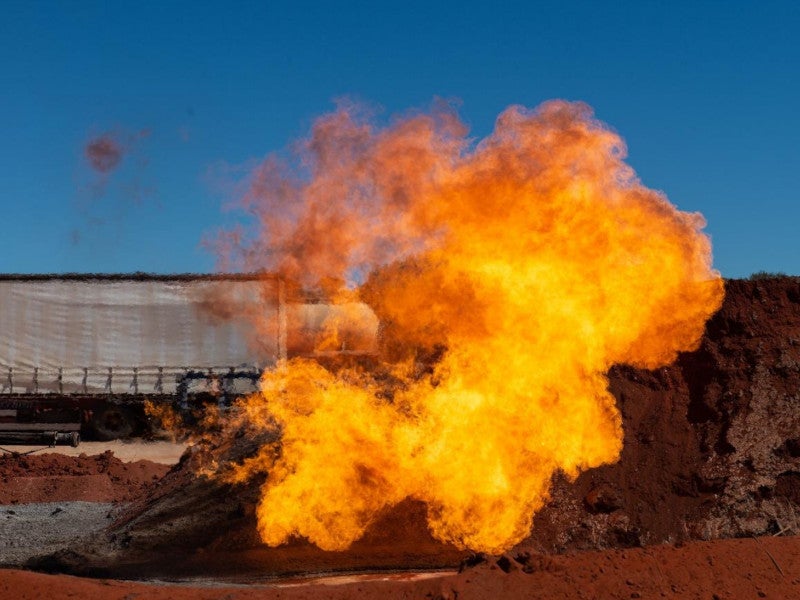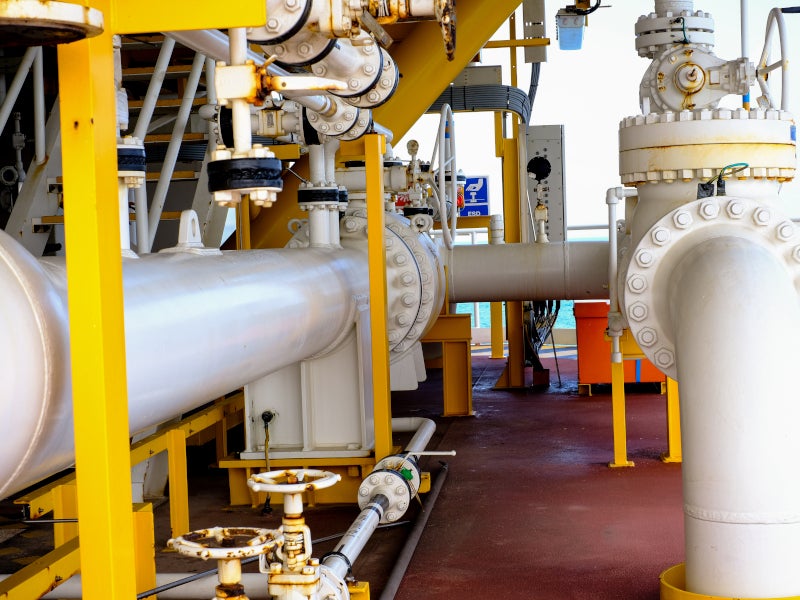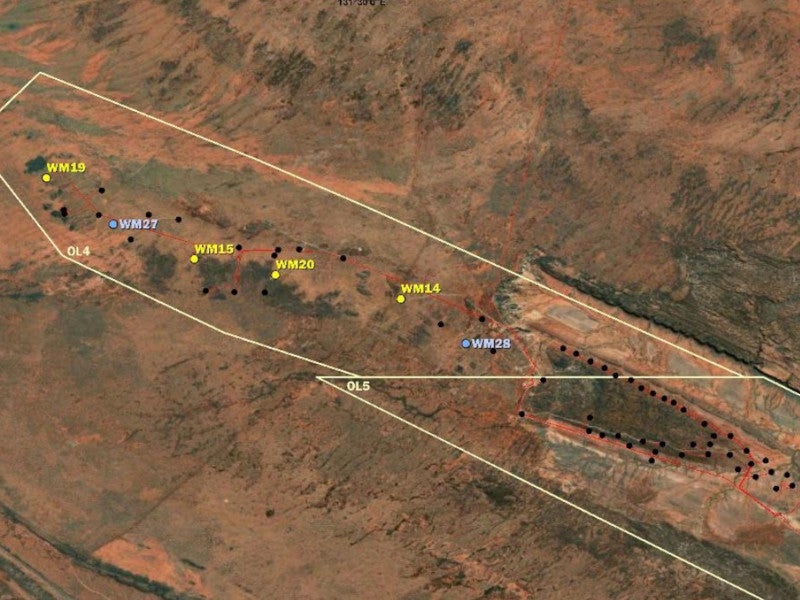The Mereenie oil and gas field, situated in the Amadeus Basin, Australia, stands as the largest onshore gas field in the Northern Territory.
The field is owned by the Mereenie joint venture, comprised of Central Petroleum as the operator with a 25% stake, Macquarie Mereenie holding 50%, New Zealand Oil & Gas (NZOG) with 17.5%, and Cue Energy Resources owning 7.5%.
In February 2024, Horizon, an Australian upstream oil and gas company, executed a sale and purchase agreement with Macquarie Mereenie for a 25% nonoperated participating interest in the field.
The Mereenie facility boasts the capacity to process and produce up to 54TJ of gas daily, in addition to the sale of associated condensate. The field has yielded more than 17 million barrels of oil and condensate, along with more than 280PJ of natural gas since the commencement of operations.
Mereenie field location
The onshore field spans across leases OL4 and OL5 in the Amadeus Basin, approximately 280km west of Alice Springs in the Northern Territory. The areas covered by OL4 and OL5 measure 123km² and 158km², respectively.
Reservoir and reserves details
The hydrocarbon reserves in the Mereenie field are located within an elongated four-way dip anticline.
The reservoirs consist of interbedded sandstones from the Pacoota formation, with more than 20 identified conventional reservoir sands, each exhibiting individual net thicknesses of less than 5m. The total hydrocarbon interval exceeds 800m, encompassing a gas cap and an oil rim.
The Mereenie oil and gas field’s estimated net 2P reserves stand at 37.5PJ of gas and 0.38 million barrels of oil as of June 2023.
Mereenie field details
A total of 71 wells have been drilled since the field commenced operations, with 49 currently active. It has two production facilities, which process and transport oil and gas.
Most wells target the reservoir sands within the Pacoota P3 oil rim along the flank of the Mereenie anticline. Six wells on the crest aim for the Pacoota P1 gas cap while the Pacoota P3 gas cap remains unpenetrated to maintain pressure support for the oil rim below.
In mid-2021, two new crestal production wells were added, with one tapping into both the Pacoota P1 and P3 intervals.
A recompletion programme in 2023 involved five wells from deeper zones to access gas in the shallower Pacoota 1 interval, which increased the field capacity by 1.4TJ per day.
Product marketing and supply agreements
The Mereenie field produced 9.5PJ of gas and 348 barrels of day of oil in 2023. Gas produced from the field is transported via the Northern Gas pipeline to serve the Eastern Australia gas market. Oil and condensate extracted from the field are trucked to Port Bonython in South Australia for export by tankers, primarily to refineries in Singapore.
Gas is sold to McArthur River Mining, NT Gas Distribution, South 32, and the Power and Water Corporation in the Northern Territory, supplemented by several other short-term and spot sales.
A gas supply agreement was signed in February 2024 with Arafura Rare Earths through its subsidiary, Arafura Nolans Project. The supply agreement will deliver up to 27.4PJ of natural gas from 2026 for the company’s Nolans Project.
Future developments
The current priority of the joint venture is to optimise existing gas production and planning development and appraisal activities to tap additional resources to supply the east coast gas market.
Plans are in place to appraise the Stairway formation, with cost-saving measures such as reutilising existing bores.
The Stairway Formation is estimated to hold more than 100PJ of gross contingent resources. Additionally, two new wells are planned to be drilled in 2024 targeting the Pacoota 1 and Pacoota 3 sands.










